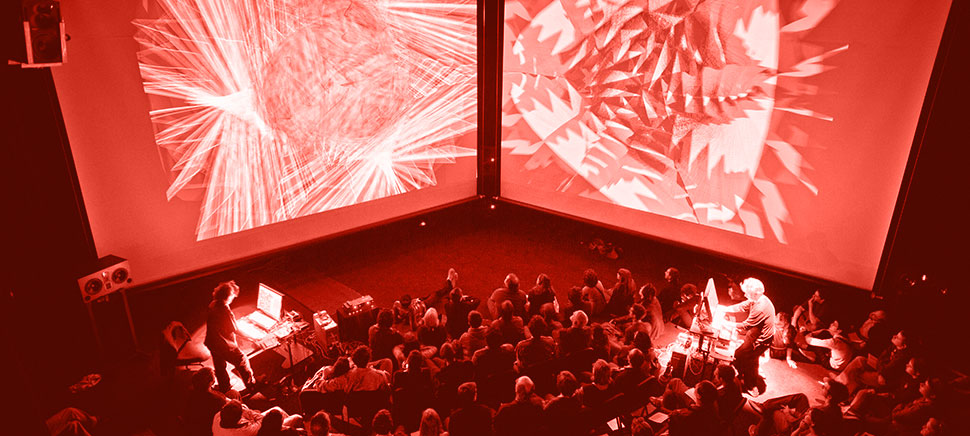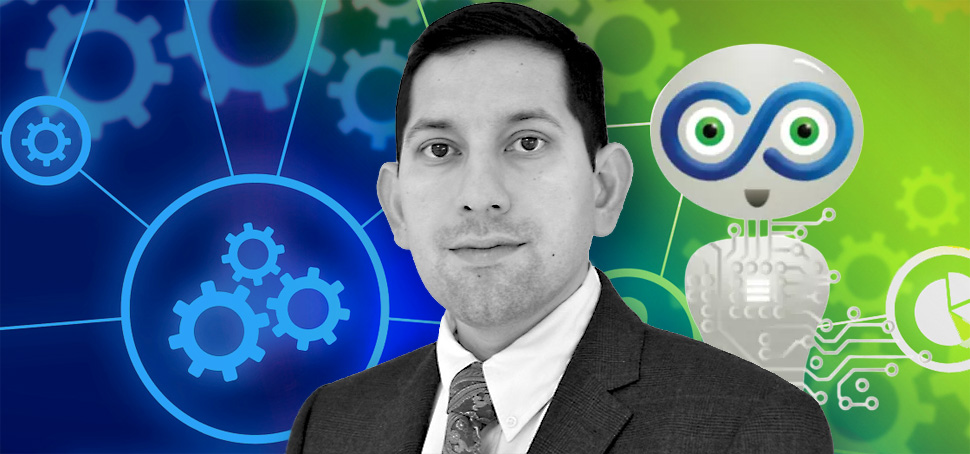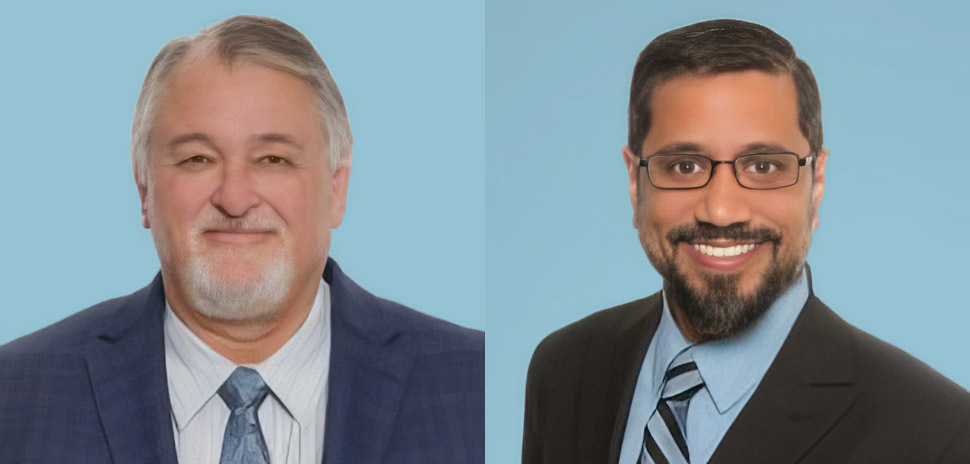Welcome to the content hub for education news and commentary, featuring topics that range from lower education to higher education, research and faculty and student highlights. Here’s an overview of where we stand in education innovation leading into 2016.
Dallas Fort-Worth has committed to approaching its educational landscape with a focus on the 21st century.
“Over the course of the past five to six years, we have seen a significant shift in our approach to educating children in the DFW metroplex,” says Miguel Solis, Dallas ISD School Board 1st Vice President. “We were providing the type of education that was relevant a century ago. Today, we are providing kids with 21st century learning we know they need to be successful in both college and career.”
“We’ve made advancements in student achievement, but there is still work to do,” Miguel Solis says. “However, we also know we are improving as it relates to other large school districts.”
That shift is beginning to show signs of a positive impact for students, as recent data from the NAEP Trial Urban District Assessment (TUDA), a study that compares the performance of students in 21 large urban districts across the country, shows DFW is headed in the right direction.
Fourth-grade math proficiency in Dallas has risen nine percentage points since 2011, putting overall student performance above the national average. Reading proficiency among fourth and eighth-grade students in Dallas has also increased since 2011, while eighth grade math performance is on par with the national average.
“We’ve made advancements in student achievement, but there is still work to do,” Solis says. “However, we also know we are improving as it relates to other large school districts.”
As teachers, parents, and leaders sow the seeds of a new and more impactful educational landscape for kids across DFW, the area’s institutions of higher education continues to blossom.
“We have a very robust higher education ecosystem here in DFW,” says Frank Grassler, Vice President for Technology Development at UT Southwestern Medical Center. “We fair very favorably and very competitively [nationally].”
Students from around the world come to DFW for a first-class education from schools that include the University of North Texas, UT Dallas, and UT Arlington, which are among Texas’ seven “emerging research” universities; Southern Methodist University, whose Cox Executive MBA program is ranked No. 3 in the world; and UT Southwestern Medical Center, which is one the nation’s best universities in biology and biochemistry research.
More than 80 colleges, universities, and training schools make-up DFW’s higher education network, which produced over 25,000 bachelors degrees, nearly 16,000 masters degrees, and more than 2,000 doctorates for the 2012–2013 academic year.
“It’s a very formidable network,” Grassler says.
A New Day for DISD
As DFW commits to significantly improving its systems of education so that they better prepare kids for success in a highly competitive 21st century economy, its largest district, Dallas ISD, is both impacting and being impacted by its surrounding districts.
“We’ve seen a significant increase in market forces,” Solis says. “Rapid growth of high-quality charter schools has provided a strong market force that has not only forced public schools to increase effectiveness and offerings to community members and children, but has also allowed us to try things we haven’t tried before.”
Equipped with data, DISD has begun to implement new approaches in three major areas: teacher effectiveness, choice schools, and early childhood education.
Central to DISD’s forging a path toward increased effectiveness is a newly found emphasis on using data to inform any big decisions made by the school system. “We need to use empirical evidence to get our biggest return on investment,” Solis says. “A lot of districts talk about doing this, but we have actually delivered.”
Equipped with data, DISD has begun to implement new approaches in three major areas: teacher effectiveness, choice schools, and early childhood education. “We are focusing on things we know make the biggest impact on kids,” Solis says. “One of those things is the type of teacher we put in front of our students.
DISD’s new Teacher Excellence Initiative (TEI) was implemented in 2014 to provide a more accurate assessment of where educators are, the support they need, and their effectiveness in building relationships with students, as well as in producing academic results for kids.
“As a DISD teacher six years ago, I knew that we were not evaluating teachers well,” says Solis, who came to the district in 2009 through Teach For America and taught eighth-grade social studies.
TEI also ties professional development to an educator’s evaluation, and takes into consideration feedback from student surveys. Pay raises for teachers are also tied to the new evaluation. Something Solis believes is creating a more precise pay structure for educators. “We have not just talked the talk on making sure our educators are paid adequately, but we’ve walked the walk.”
DISD is also working to give its students and their families a greater choice of schools that offer personalized learning, and innovative curriculums buttressed with 21st century and workplace skills. As it stands, the majority of DISD’s more than 160,000 student–the 12th largest student population in the United States–are zoned to one school, regardless of whether it’s a good school or one that needs significant improvement.
“By the year 2020, our aim is to have 35 new schools tailored to the needs of our students, and personal learning,” Solis says.
One of those schools, the Innovation, Design, Entrepreneurship Academy (IDEA) opened its doors this past August, with a mandate to deliver an individualized education to each of the more than 100 ninth-grade students who make up its inaugural class.
Another advancement has been early childhood education.
“By the year 2020, our aim is to have 35 new schools tailored to the needs of our students, and personal learning,” Miguel Solis says.
“Over the course of the past two years, we have rethought the way we teach pre-K and how we partner with others to make sure they raise their quality of teaching as well,” Solis says.
In 2013, the district named Alan Cohen as its first executive director for early childhood education, and under his leadership (now as the assistant superintendent of early childhood, DISD significantly grew its pre-K program, enrolling nearly 10,000 students for the 2014-2015 school year. And the focus on early education is paying off.
“Our students are now six times more likely to be ready for kindergarten,” says Solis, who on Dec. 4 introduced the first-ever attempt at a comprehensive early-childhood education policy for DISD to the district’s board of trustees. “We need to get to our kids early so they are prepared to succeed by third grade—a make-or-break grade.”
Solis credits a collective impact from parents, educators, community members, and partners that includes Teaching Trust, City Year, Leadership ISD, Dallas Afterschool, and Teach For America, for the strides DFW is making toward delivering an improved educational model to its next generation.
“We’ve also seen a serious investment from outside partners,” Solis says.
Higher Education: Bringing the Best to the Big D
DFW is known for attracting top businesses, including 41 Fortune 1000 companies.
Its institutions of higher learning are also bringing many of the best researchers and academics, as well as top students, to the region.
“There are currently six Nobel Laureates in Medicine and Physiology on the UT Southwestern Medical Center faculty,” Grassler says. “To put that into perspective, that’s more than any other medical school in the country.”
UT Dallas had a Nobel Laureate in Physics join its faculty UT Dallas in 2004.
In addition to research, DFW’s colleges and universities are bringing in leading experts from a plethora of backgrounds to lead new initiatives that provide both theoretical learning and hands-on experiences in emerging fields.
“By painting this big picture, even naming it, we can work together to create a region in harmony with nature,” Dr. Nan Ellin says.
In 2014, UT Arlington appointed former professor and chair of the University of Utah Department of City and Metropolitan Planning Dr. Nan Ellin, as founding dean of the College of Architecture, Planning, and Public Affairs. The new college, which was formed through the integration of the School of Architecture and School of Urban and Public Affairs, is a major component of UT Arlington’s strategy toward accelerating its support for sustainable urban communities.
“The opportunity to participate in creating a new college that would partner with one of the most dynamic urban regions of the world was one I could not pass up,” says Ellin, who has also authored several books on urban planning in the modern era.
Though Ellin has been in DFW for a little more than a year, she already has big plans to progress urban growth and development. “I’ve been suggesting we craft a synthetic vision for the region that integrates existing proposals, a vision that celebrates the symbiotic relationship of water, land, and the city. By painting this big picture, even naming it, we can work together to create a region in harmony with nature.”
And bringing in the best experts, academics, and researchers has led to an increase in the number and quality of students coming to DFW.
“It’s a virtuous cycle,” says Grassler, who himself was recruited to DFW’s higher education community in 2013. “As our schools improve, they attract students, and the more students who come in the more the schools improves.”
As for what’s next in DFW higher education. “We will continue to attract a higher caliber of faculty and students,” Grassler says. “All trends will continue in that direction.”
This is just a bird’s eye view of the many innovative things happening with DFW’s educational landscape. Be sure to check back for more stories, and share you thoughts in the comments below.
For a daily dose of what’s new and next in Dallas-Fort Worth innovation, subscribe to our Dallas Innovates e-newsletter.












![Erica Kosemund, Chief Brand Officer, Choctaw Nation of Oklahoma; Gillian Breidenbach, Chief Partnership Officer, North Texas FWC Organizing Committee; Chief Gary Batton, Chief of Choctaw Nation of Oklahoma; Monica Paul, Executive Director of Dallas Sports Commission and President of North Texas FWC Organizing Committee; John Hobbs, Senior Executive Officer of Communications, Choctaw Nation of Oklahoma; and Heidi Grant, Senior Executive Officer of Commerce Administration, Choctaw Nation of Oklahoma, celebrate Choctaw Casinos & Resorts becoming an Official Dallas World Cup 2026 Host City Supporter. [Photo: North Texas FWC Organizing Committee/Choctaw Casinos & Resorts]](https://s24806.pcdn.co/wp-content/uploads/2025/12/FIFA-Choctaw-dec-2025.jpg)


















